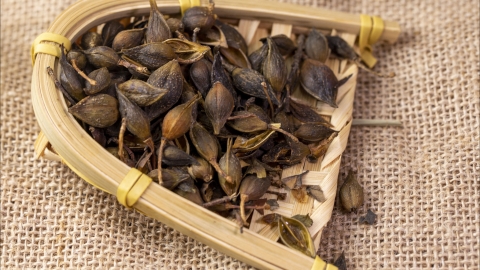What are the differences between Forsythia viridissima and Forsythia suspensa?
Generally speaking, both Forsythia (Forsythia suspensa) and Winter jasmine (Jasminum nudiflorum) belong to the Oleaceae family, but they differ in botanical attributes, morphological characteristics, flowering and fruiting periods, growing environments, and applications. The specific differences are as follows:

1. Botanical Attributes: Forsythia is an independent species and a deciduous shrub. Winter jasmine is also a deciduous shrub, and although it belongs to the same genus as Forsythia, it is a different species. They are two distinct species in botanical classification, with genetic differences existing between them.
2. Morphological Characteristics: Forsythia has deep green branches that are relatively hard, growing upright or spreading outward, with a thin, plate-like pith. Its leaves are long elliptical to lanceolate, with an acute apex, serrated margins, and smooth, hairless surfaces. Winter jasmine has light brown branches that are relatively soft, slender, and drooping, with hollow pith. Its leaves are ovate, broadly ovate, or elliptic-ovate, with an acute or obtuse apex, coarsely serrated margins, and glabrous upper surfaces but pubescent along the veins on the lower surfaces.
3. Flowering and Fruiting Periods: Forsythia flowers from March to April, with flowers typically occurring in clusters of 1-3 in the axils of leaves. Its corolla lobes are wide, deep yellow in color, and have orange-yellow stripes at the base of the inner petals. The fruiting period occurs from August to November, producing ovoid or broadly ovoid capsules that taper to a beak-like tip when mature. Winter jasmine flowers from February to April, slightly earlier than Forsythia. Its flowers are usually solitary or occur in clusters of two or more in the leaf axils. The corolla lobes are narrow and golden yellow. Its fruiting period occurs from July to September, producing ovoid, ovoid-elliptic, or elliptic capsules that develop a beak-like tip when mature.
4. Growing Environment: Forsythia demonstrates strong adaptability, preferring warm and humid climates, and exhibits strong cold tolerance. It has no strict soil requirements and grows vigorously in fertile, well-drained soils. It is commonly found on hillsides, valley bottoms, and forest edges. Winter jasmine prefers sunny environments and demonstrates even stronger cold, drought, and poor soil tolerance. It has minimal soil requirements and can grow in dry hillsides, hills, and rock crevices, with a more extensive distribution range.
5. Uses: Forsythia is primarily used as an ornamental plant. Its upright branches and vibrant flowers make it suitable for planting in gardens, parks, and green belts to enhance environmental aesthetics. Winter jasmine is not only an ornamental plant, but its fruit is also a commonly used traditional Chinese medicine, possessing heat-clearing and detoxifying properties, as well as effects of reducing swelling and dispersing nodules, making it highly valuable in medicinal applications. It is also used for ecological restoration and soil and water conservation.
In daily life, one can choose between Forsythia and Winter jasmine according to specific needs. If for ornamental purposes, both species can add color to the environment. However, if considering medicinal value, Winter jasmine is more appropriate. Utilizing their respective characteristics reasonably can maximize their respective benefits.




